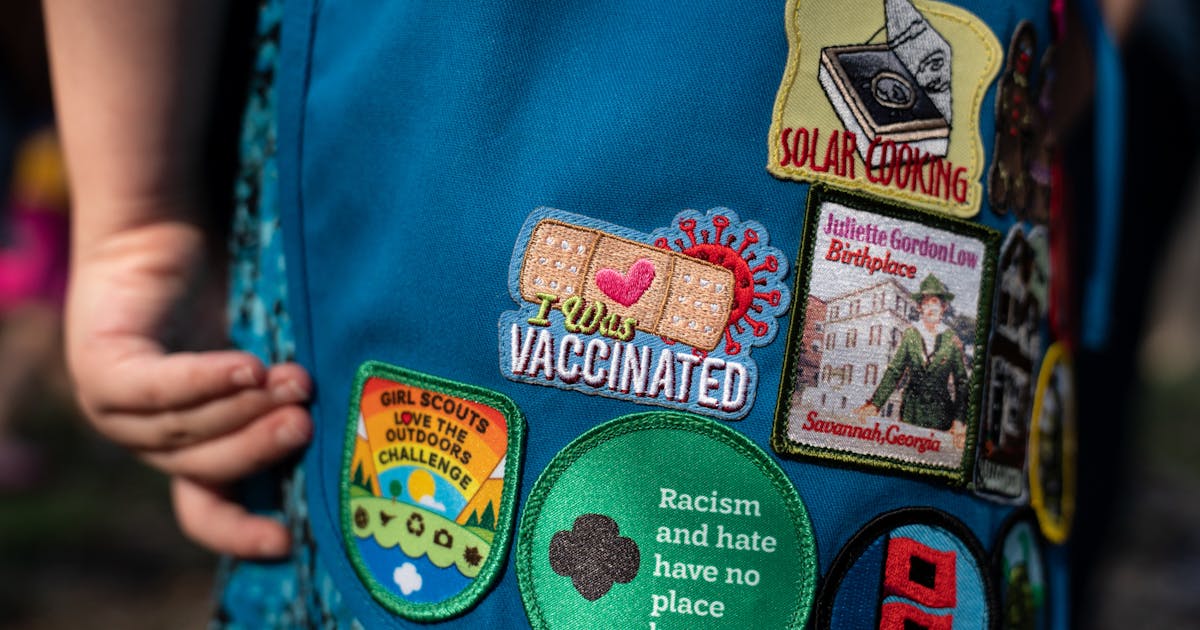Vaccines for children are great, but watch out for the disparities
Recently, it was announced that children between the ages of 5 and 11 can get the COVID-19 vaccine from Pfizer, which is great news for children and can hopefully put more parents on the line. comfortable when they send their children to school.
However, the approval of this COVID-19 vaccine also raises two questions:
1) Will this vaccine really be distributed equitably to all children, including children of different ethnic origins and socio-economic status?
2) While this vaccine may make it easier for students, what else is being done to deal with the immense amount of trauma these children have faced since 2020?
According to the recent Kaiser Family Foundation report on COVID-19 vaccinations by race / ethnicity, there has been an overall increase in the percentage of people who have taken at least one dose of the vaccine since March 2021. However, I’m concerned that with this recent news, we will once again see inequalities reappear among children unless a lot of intentionality is put in place from the start.
Many of these inequalities in vaccine distribution are due to a myriad of reasons rooted in systemic racism.
So, if there is a parent who has multiple jobs to support their household, as a society, how can we make it easier for them to bring their children to the clinic for the shot?
Are we also ensuring that these vaccination sites are located in communities that have been negatively impacted by redlining and which generally receive fewer resources than the general population?
In order to address these concerns, businesses and businesses should give parents the option of leaving work early or at noon in order to drive their children to a vaccination site without penalty, especially if they have multiple jobs or are already overworked. financially.
It should also be possible to bring vaccination sites to schools in more ethnically diverse districts and also to low-income neighborhoods. Parents may have the option of signing a consent form and children may have time slots to take their pictures at school.
This is the kind of intentionality we need to not allow disparities in COVID-19 vaccination rates to mirror what we have seen throughout this year in children.
COVID-19 vaccination rates for children ages 12 to 17 have already been revealed to reflect regional disparities. Therefore, if we are already seeing this in 12 to 17 year olds, we will likely see the same problem again, unless we do something about it.
In addition to promoting equitable distribution of vaccines, we also need to recognize that while this vaccine may slowly bring educational experiences back to normal, it will not cure the trauma of these children. We have yet to see how COVID-19 has shaped children’s worldview, and we need to start conducting longitudinal studies to examine how this pandemic may negatively affect them mentally in the future.
However, we shouldn’t wait years to read these results before doing anything to remedy their trauma, as not treating their trauma now will lead to even more problems in the future.
Schools should be given more incentive to encourage students to see therapists and offer counseling during school hours. Schools should also create intentional spaces for community-based healing practices and integrate teaching students how to heal from trauma into curricula. If we want the next generation to grow up mentally healthy, we can’t just distribute the vaccine.
Ayomide Ojebuoboh is a medical student at the University of Minnesota.

